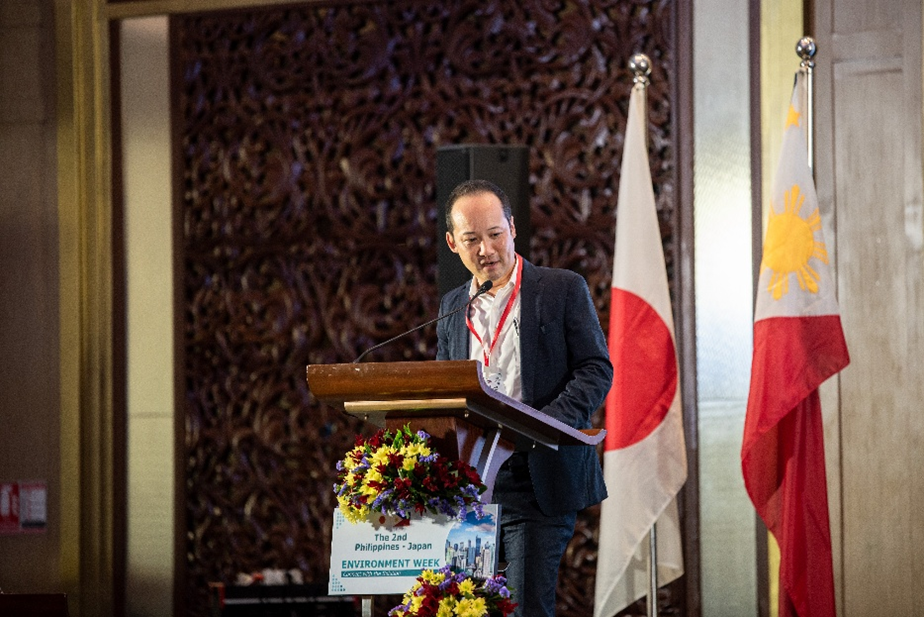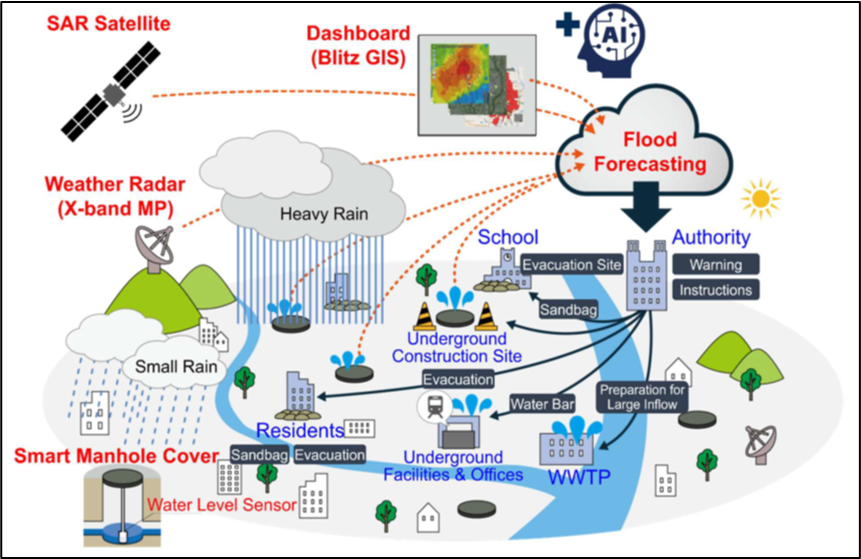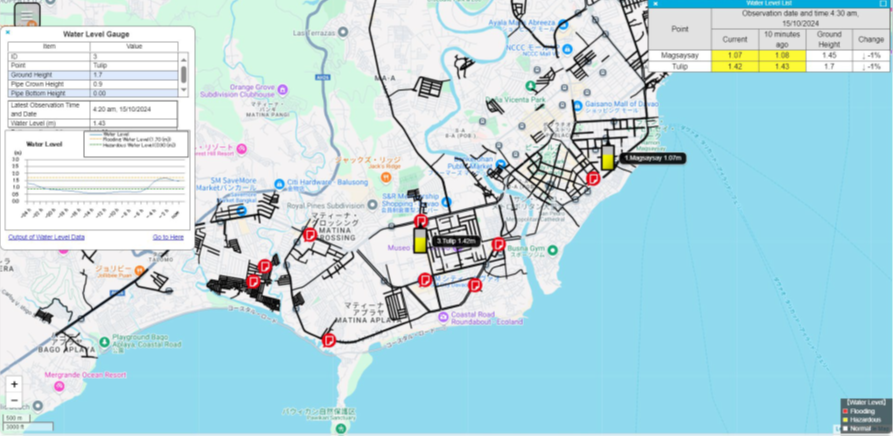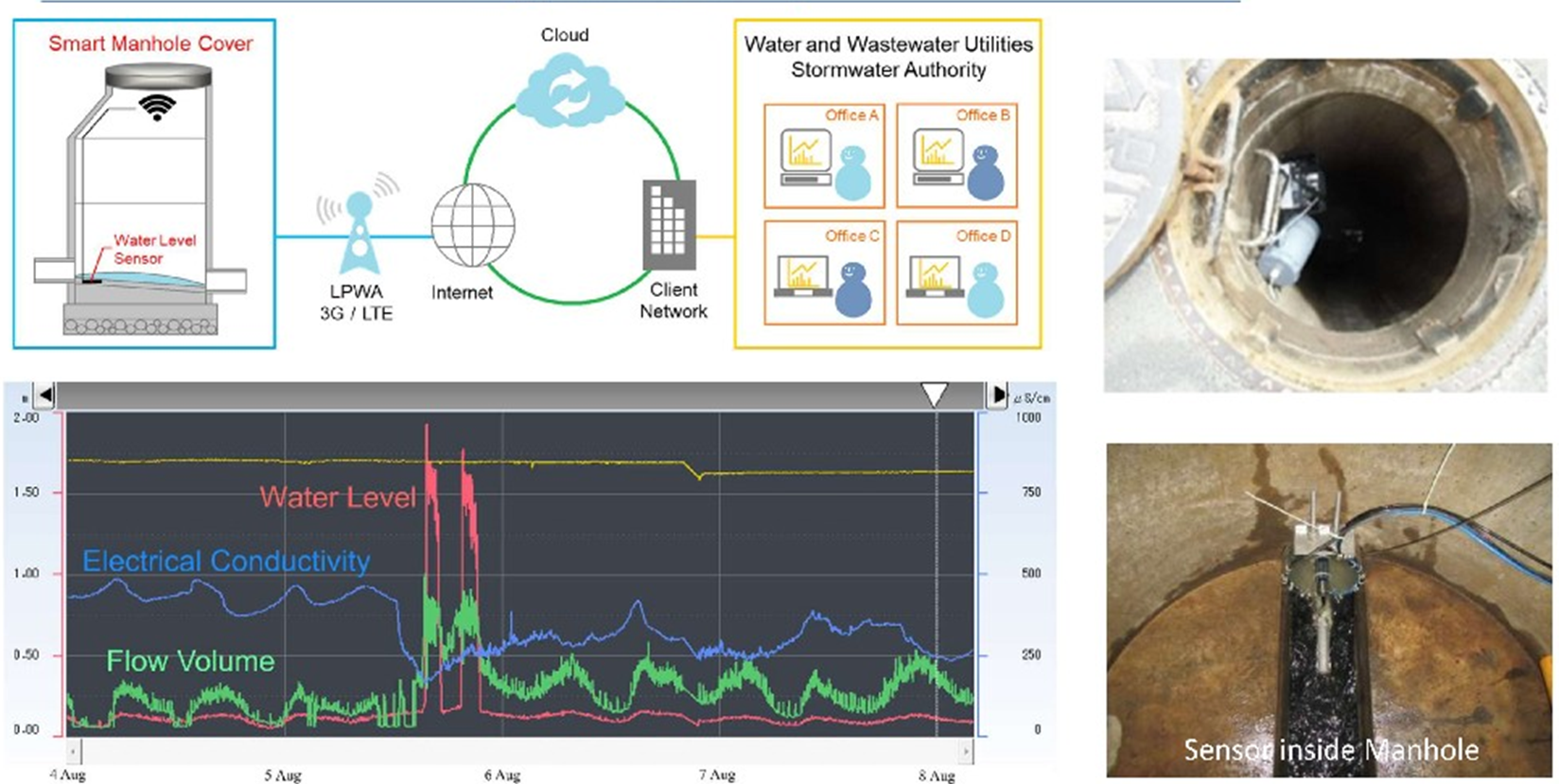Kizuna Solutions:
Good Practices with Japanese Companies
2025.11
From "Philippines-Japan Environment Week (2025)"ⅰ
Nihon Suido Consultantsⅱin the Philippines
- Real-time Stormwater Management System -

| Event | The 2nd Philippines-Japan Environment Week Session3: Improvement of Water Environment(January 2025) |
|---|---|
| Presenter | Mr. TOBE Tatsuya General Manager of Philippine Branch, Overseas Supervisory Division, Business Development Headquarters Nihon Suido Consultants Co., Ltd. |
| Summary | An innovative SMART technology for a real-time stormwater management system by Nihon Suido Consultants, applied to the Davao City in the Philippines as Feasibility Study for Smart City (Disaster Prevention). The main aim is to examine the stormwater management system, and to enhance the capacity for flood management in the city. |
| Reference | https://jprsi.go.jp/files/ew2025ph/Session3/S3-09_TOBE.pdf |
"Nihon Suido Consultants" is a Japanese consulting firm specializing in the water sector including water supply, sewerage, disaster, and environmental management and has regional offices in major Southeast Asian countries such as the Philippines, Singapore, Vietnam, and Indonesia.
In rapidly developing countries, urban expansion often progresses without sufficient consideration of natural disaster risks. When disasters occur under such conditions, people and infrastructure suffer severe damage, causing socioeconomic disruption. To minimize such impact, it is essential to make "ex-ante investments in disaster risk reduction"- identifying disaster risks and implementing preventive measures before disasters strike.
Cities in the Philippines, the same as Tokyo and Osaka –large metropolitan areas that have developed across low-lying coastal and river-delta plains- face similar flood control challenges and hydrological risks.
Several regions in the country are repeatedly affected by severe flooding caused by storms and prolonged heavy rains, making this a persistent issue in the Philippines for decades.
The next figure presents the outline of this smart stormwater management system.
 |
|---|
Outline of Smart Stormwater Management System |
We use the water level sensor and weather radar or satellite, and AI analysis then provide a real-time flood information or flood forecasting data to the authority or private sectors. This system includes an actual dashboard named Blitz GIS during the heavy flood in an area. The following figure shows the actual dashboard during the heavy flood in the Davao City, the Philippines.
 |
|---|
Actual Dashboard of Blitz-GIS during the Heavy Flood on 8 Sep 2024 |
This system also has an Alert Notification (E-mail), if the water level is over a certain hazardous level or the ground surface level. The color of the symbol changes from blue to yellow or red depending on the water level on the Web-GIS. The following figure shows a part of real-time observation.
 |
|---|
Rainfall Information (Weather Radar) & Water Level |
Another module of this system is a real-time monitoring device for drainage networks. The manhole cover is equipped with a water level sensor, which sends real-time data on water level and other parameters to stormwater management agencies via the Internet for monitoring. The following figure shows the networks.
 |
|---|
Real-time Monitoring for Drainage Networks |
One of the key benefits of this technology is its contribution to flood prevention and mitigation. This technology can support the stormwater management agencies in rapid flood response such as the effective deployment of operators, pump trucks, water bars and sandbags. The stormwater management agencies can also use the monitored data to update their stormwater master plans and related designs for flood control facilities. Additionally, they can prioritize the drainages to be maintained to ensure flow capacity through the visualization of sedimentation conditions inside the drainages.
I'd like to recommend strongly that such kinds of infrastructure development are important, but also infrastructure “maintenance” is quite important. If you install such kinds of sensor or IoT device, you can visualize the conditions, and then you can manage your infrastructure sustainably and resiliently through the promotion of maintenance.
 |
|---|
|
Speaker Introduction Mr. TOBE Tatsuya |
|---|
- This document has been prepared based on information deemed reliable by JPRSI. No guarantee is made as to its accuracy or completeness.
- Any profit or loss resulting from actions taken based on this document is the sole responsibility of the party taking such actions, and JPRSI shall not be held liable.
- You are free to link to this document. If you quote or cite any part of this document by other means, please clearly state "JPRSI (Japan Platform for Sustainable Infrastructure) website" as the source.
ⅰ This article is a simplified summary of Mr. TOBE Tatsuya’s presentation at the Session 3: Improvement of Water Environment for Real-time Stormwater Management System (Business Pitch ③); Japan-Philippines Environment Week.
ⅱ Nihon Suido Consultants Co., Ltd.
https://jprsi.go.jp/en/member/10

